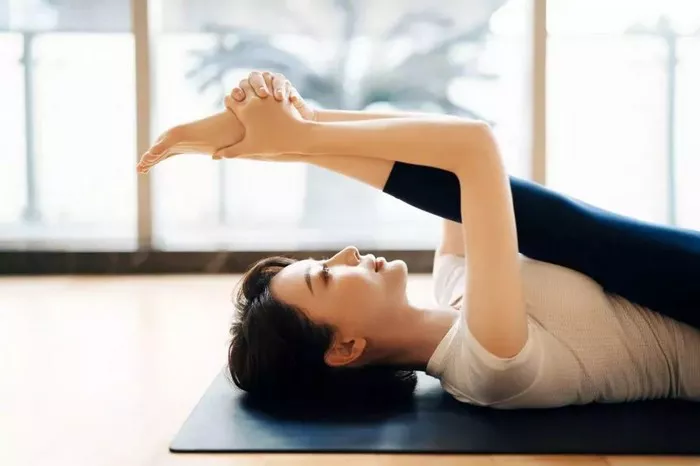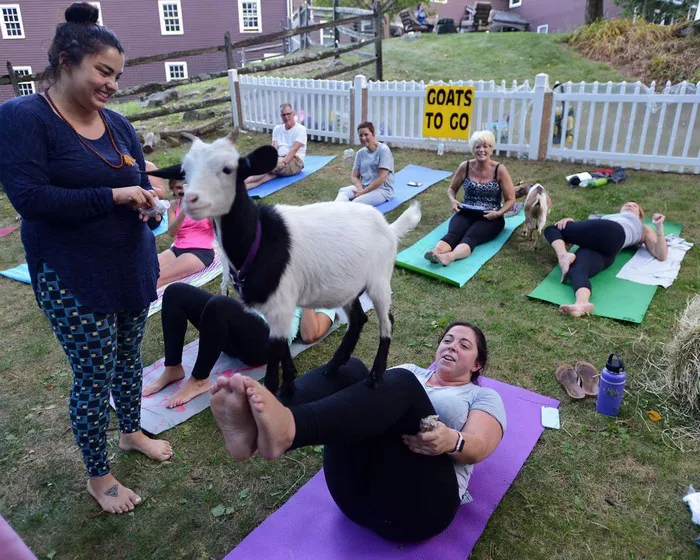Pranayama, the ancient practice of breath control in yoga, encompasses a variety of techniques aimed at regulating the breath to enhance physical, mental, and spiritual well-being. Among these techniques, Sitkari Pranayama, also known as the hissing breath, holds a significant place. This article delves into the origins, benefits, step-by-step instructions, variations, scientific research and evidence, as well as precautions and contraindications associated with Sitkari Pranayama.
Origins and Significance
Sitkari Pranayama has roots in traditional yoga practices and is mentioned in ancient yogic texts such as the Hatha Yoga Pradipika and the Gheranda Samhita. The term “Sitkari” is derived from the Sanskrit word “sitka,” meaning cooling. This pranayama technique is believed to have originated as a means to cool the body and calm the mind, making it particularly beneficial during periods of heat or agitation.
In yoga philosophy, the breath is considered a bridge between the body and mind. By regulating the breath, practitioners can influence their physiological and psychological states, promoting balance and harmony within the individual.
Benefits
The practice of Sitkari Pranayama offers a multitude of benefits for both the body and mind. Some of the key advantages include:
1. Cooling Effect: Sitkari Pranayama is renowned for its cooling properties, making it an ideal practice during hot weather or times of internal heat, such as fever or inflammation.
2. Calms the Mind: The hissing sound produced during Sitkari Pranayama has a soothing effect on the nervous system, promoting relaxation and mental tranquility.
3. Reduces Stress and Anxiety: By regulating the breath and activating the parasympathetic nervous system, Sitkari Pranayama helps alleviate stress and anxiety.
4. Improves Focus and Concentration: This pranayama technique enhances mental clarity and concentration by oxygenating the brain and increasing mindfulness.
5. Balances Body Temperature: Sitkari Pranayama assists in regulating body temperature, making it beneficial for individuals experiencing hot flashes or heat-related discomfort.
6. Enhances Digestion: The rhythmic breathing pattern of Sitkari Pranayama stimulates the digestive organs, promoting better digestion and absorption of nutrients.
Step-by-Step Instructions
Follow these step-by-step instructions to practice Sitkari Pranayama:
- Find a comfortable seated position, either on the floor or in a chair, with your spine erect and shoulders relaxed.
- Close your eyes and take a few deep breaths to center yourself.
- Bring the tip of your tongue to the roof of your mouth, positioning it against the back of your upper front teeth.
- Part your lips slightly, allowing your teeth to remain exposed.
- Inhale slowly and deeply through the gaps between your teeth, creating a gentle hissing sound.
- After inhaling fully, close your mouth and exhale through your nostrils.
- Continue this cycle of inhalation through the mouth and exhalation through the nose for several rounds, maintaining a smooth and steady rhythm.
- Gradually increase the duration of each inhalation and exhalation as you become more comfortable with the technique.
- Practice Sitkari Pranayama for 5-10 minutes, gradually extending the duration as your practice progresses.
- To conclude, bring your awareness back to your breath and take a few moments of stillness before transitioning back to your daily activities.
Variations
While Sitkari Pranayama traditionally involves inhaling through the mouth and exhaling through the nose, variations of this technique exist to suit individual preferences and needs. One variation involves reversing the breath pattern, inhaling through the nose and exhaling through the mouth, known as Sitkari with reversed breath. Another variation includes incorporating breath retention (kumbhaka) after inhalation or exhalation to further deepen the practice and enhance its benefits.
Scientific Research and Evidence
Although scientific research specifically on Sitkari Pranayama is limited, studies on the broader effects of pranayama techniques offer valuable insights into its potential benefits. Research indicates that pranayama practices, including Sitkari, can positively impact various physiological and psychological parameters.
A study published in the Journal of Alternative and Complementary Medicine found that regular pranayama practice, including techniques such as Sitkari, significantly reduced perceived stress and improved quality of life among participants.
Another study published in the International Journal of Yoga investigated the effects of pranayama on autonomic functions and cognitive performance. The findings revealed that pranayama practices led to a significant increase in parasympathetic activity and improved cognitive function, suggesting potential benefits for stress management and mental clarity.
While more research is needed to elucidate the specific effects of Sitkari Pranayama, existing studies support its potential role in promoting relaxation, stress reduction, and overall well-being.
Precautions and Contraindications
Although Sitkari Pranayama is generally safe for most individuals, certain precautions should be observed, especially for those with pre-existing medical conditions or specific health concerns. It is advisable to consult a qualified yoga instructor or healthcare provider before beginning any pranayama practice, particularly if you have:
- Respiratory ailments such as asthma or chronic obstructive pulmonary disease (COPD).
- Dental issues or oral ulcers that may be aggravated by tongue positioning.
- Hyperventilation tendencies or a history of panic attacks.
- Pregnancy, as some pranayama practices may need to be modified or avoided during pregnancy.
- Additionally, if you experience any discomfort, dizziness, or lightheadedness while practicing Sitkari Pranayama, discontinue the practice and consult a healthcare professional.
Conclusion
In conclusion, Sitkari Pranayama, or the hissing breath, is a valuable pranayama technique with numerous benefits for physical, mental, and emotional well-being. By incorporating this simple yet powerful practice into your daily routine and observing proper precautions, you can harness its potential to enhance overall health and vitality.

















